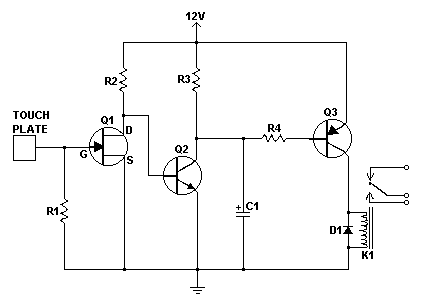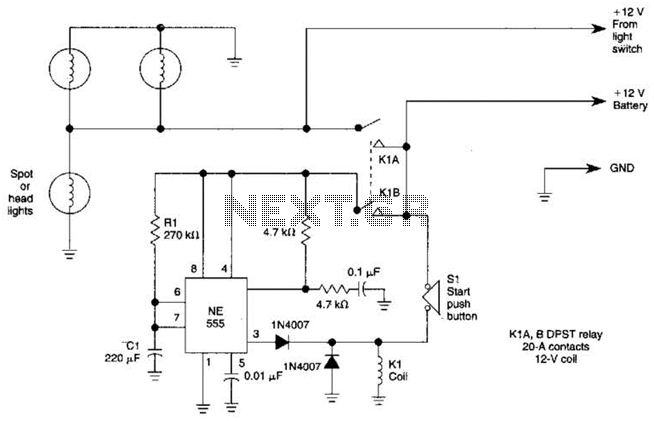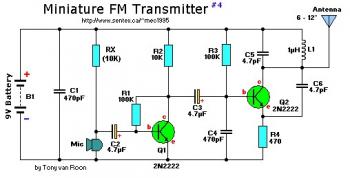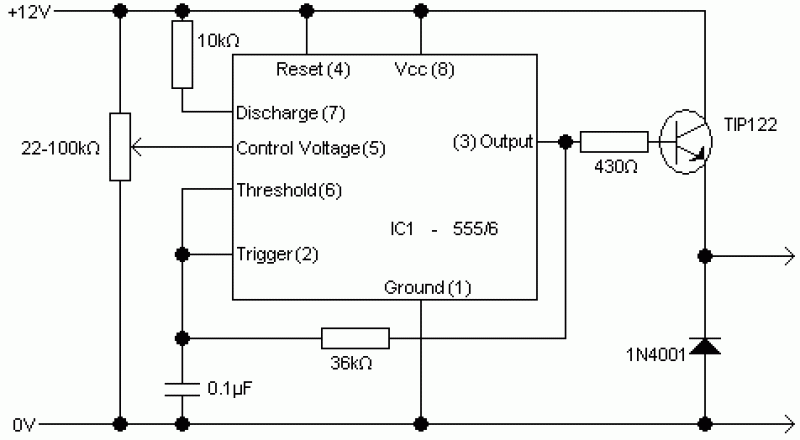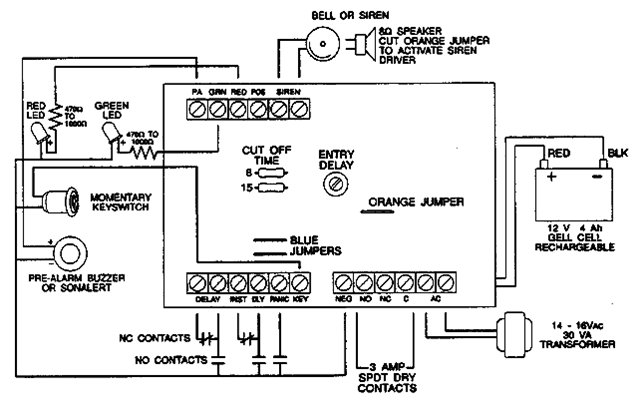
1993 vw passat electrical circuit
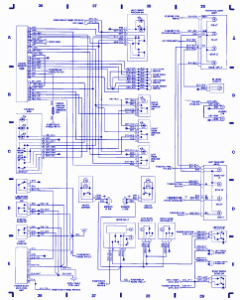
Emergency lights, fuse/relay panel, fresh air blower switch, engine control module, ignition coil, console switch, power windows, ABS control unit, ABS hydraulic unit, instrument cluster, taillight, headlight switch, automatic solenoid, ignition switch.
The described circuit encompasses multiple essential components for vehicle operation and safety. The emergency lights serve as a critical feature for alerting other drivers in situations requiring immediate attention. The fuse/relay panel is a central hub that houses various fuses and relays, protecting the electrical circuits from overloads and controlling the operation of various components through relay activation.
The fresh air blower switch is responsible for regulating airflow within the vehicle's cabin, contributing to passenger comfort. The engine control module (ECM) is a key electronic unit that manages engine performance by processing data from various sensors and adjusting parameters such as fuel injection and ignition timing. The ignition coil transforms low voltage from the battery into the high voltage necessary to ignite the air-fuel mixture in the engine's cylinders.
The console switch and power windows integrate user controls for vehicle features, enhancing convenience and functionality. The ABS (Anti-lock Braking System) control unit and hydraulic unit work in tandem to prevent wheel lock-up during braking, thereby maintaining vehicle stability and control. The instrument cluster provides the driver with vital information regarding vehicle status, including speed, fuel level, and warning indicators.
The taillight and headlight switch are crucial for vehicle visibility and safety, allowing the driver to activate the vehicle's lighting systems as needed. The automatic solenoid is typically used in various applications within the vehicle, such as controlling transmission functions or other automated systems. The ignition switch is the component that initiates the vehicle's electrical systems and starts the engine, making it fundamental to vehicle operation.
Overall, this schematic outlines a complex interconnection of components that work together to ensure vehicle safety, functionality, and user control, reflecting the intricate design of modern automotive electrical systems.Emergency lights, fuse/relay panel and fresh air blower switch, Engine control module and ignition coil, console switch, power windows, ABS control unit and ABS hydraulic unit, fuse relay panel and instrument cluster, and taillight, fuse/relay panel and headlight switch, automatic sol, fuse/relay panel and ignition switch, Engine control module. 🔗 External reference
The described circuit encompasses multiple essential components for vehicle operation and safety. The emergency lights serve as a critical feature for alerting other drivers in situations requiring immediate attention. The fuse/relay panel is a central hub that houses various fuses and relays, protecting the electrical circuits from overloads and controlling the operation of various components through relay activation.
The fresh air blower switch is responsible for regulating airflow within the vehicle's cabin, contributing to passenger comfort. The engine control module (ECM) is a key electronic unit that manages engine performance by processing data from various sensors and adjusting parameters such as fuel injection and ignition timing. The ignition coil transforms low voltage from the battery into the high voltage necessary to ignite the air-fuel mixture in the engine's cylinders.
The console switch and power windows integrate user controls for vehicle features, enhancing convenience and functionality. The ABS (Anti-lock Braking System) control unit and hydraulic unit work in tandem to prevent wheel lock-up during braking, thereby maintaining vehicle stability and control. The instrument cluster provides the driver with vital information regarding vehicle status, including speed, fuel level, and warning indicators.
The taillight and headlight switch are crucial for vehicle visibility and safety, allowing the driver to activate the vehicle's lighting systems as needed. The automatic solenoid is typically used in various applications within the vehicle, such as controlling transmission functions or other automated systems. The ignition switch is the component that initiates the vehicle's electrical systems and starts the engine, making it fundamental to vehicle operation.
Overall, this schematic outlines a complex interconnection of components that work together to ensure vehicle safety, functionality, and user control, reflecting the intricate design of modern automotive electrical systems.Emergency lights, fuse/relay panel and fresh air blower switch, Engine control module and ignition coil, console switch, power windows, ABS control unit and ABS hydraulic unit, fuse relay panel and instrument cluster, and taillight, fuse/relay panel and headlight switch, automatic sol, fuse/relay panel and ignition switch, Engine control module. 🔗 External reference

